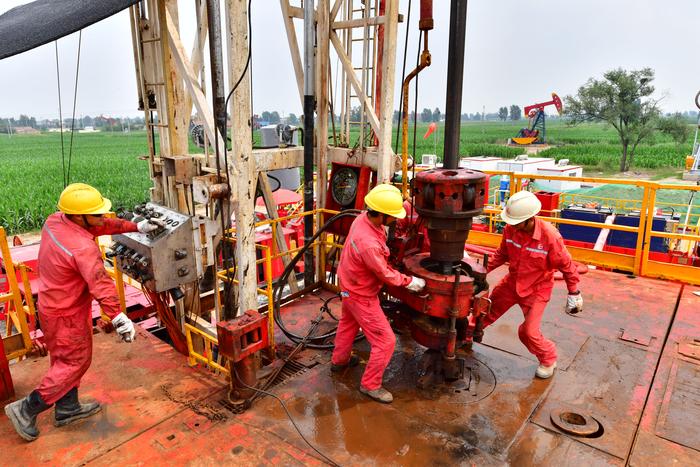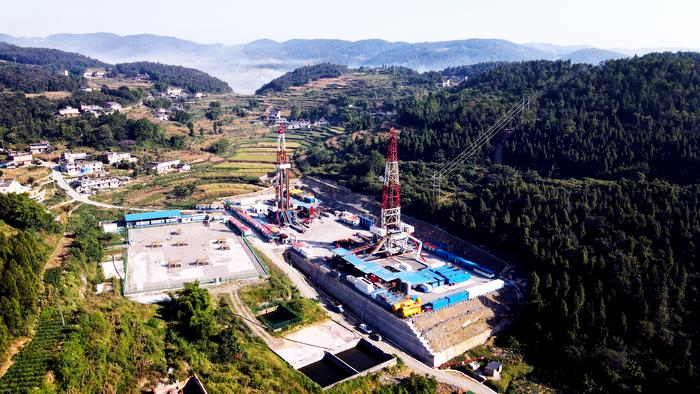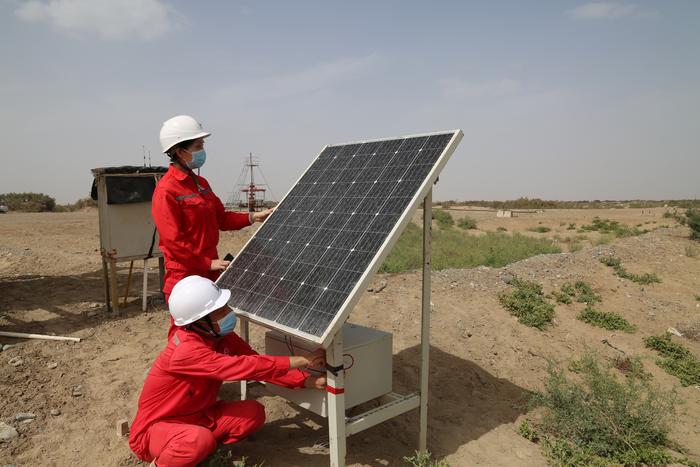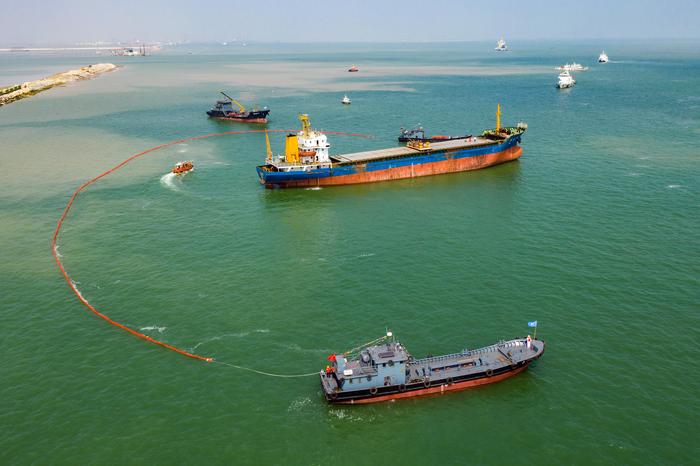|
| 2020-08-31 来源: 中国石化新闻网 |
| 石化新闻 |
中国石化新闻网讯 据路透社8月27日报道,石油巨头阿布扎比国家石油公司(Adnoc)表示,受中国需求飙升推动,全球石油市场在欧佩克领导层采取具有信任度的措施后出现反弹。 阿联酋工业和先进技术部长、Adnoc首席执行官苏尔坦?艾哈迈德?贾比尔(Sultan Ahmed Al Jaber)表示,欧佩克及其领导层采取的措施,有助于重塑全球石油市场的信心。 贾比尔表示:“因此,我们看到石油需求正在强劲回升,主要来自中国的需求。尽管如此,我们的行业将不得不保持谨慎度和灵活性。随着经济开始恢复,石油市场在过去两个月明显吃紧。油气行业需要对宏观经济结构变化保持谨慎乐观的态度,并继续关注成本管理。在未来相当长的一段时间里,世界将需要石油和天然气。作为石油和天然气生产国,我们应该尽可能负责任地、可持续地输送能源。” 阿联酋目前是欧佩克第三大产油国,仅次于沙特阿拉伯和伊拉克。 沙特阿拉伯能源部长阿卜杜勒-阿齐兹?本?萨勒曼王子表示,相信石油需求将在今年年底恢复到接近新冠肺炎爆发前的水平。他预计,石油需求将回升至疫情爆发前水平的97%。他指出,石油市场已显示出转好的迹象,全球库存下降,浮式库存下降,汽油和柴油需求复苏。 本月早些时候,世界最大的石油生产和出口公司沙特阿美首席执行官阿明·纳赛尔(Amin Nasser)表示,他对亚洲石油需求复苏的步伐持乐观态度。 纳赛尔在沙特阿美第二季报告发布后发表声明称:"随着世界各国采取措施放松出行限制并重振经济,我们看到能源市场出现部分复苏。" 在国际能源机构(IEA)、美国能源信息署(Energy Information Administration)和欧佩克的预测不太乐观之际,所有这些对石油需求迅速复苏的乐观看法表明,全球石油需求至少要到2022年才会恢复到2019年的水平,而且缺口可能会比一个月前看起来更大。 就2021年整体而言,IEA将其需求预测下调了24万桶/天,这是自4月份冠状病毒对石油需求的全面影响首次显现以来的第一次向下修正。并表示:“到2021年12月,全球石油消费量仍将比2019年底低2%。” 中东和北非地区研究与战略主管伊山?霍曼(Ehsan Khoman)表示:“美国供应下降,将使欧佩克能够从当前水平提高产量,以满足需求的复苏。总的来说,尽管页岩油产量大幅缩减,但我们认为,页岩行业将在一个更加稳固、更加健康的环境中生存下来,尽管近期面临压力,但长期前景看好。相对于其他非欧佩克产油国,美国页岩油产量将对更高的原油价格做出相对较快反应。简单地说,美国页岩油产量下降了,但并未走出市场。” 王佳晶 摘译自 路透社 原文如下: Top oil producers confident that global demand will return strongly Global oil markets, driven by surging Chinese demand, are bouncing back in the wake of confidence-building measures undertaken by the Opec leadership, oil giant Abu Dhabi National Oil Company (Adnoc) said. Dr Sultan Ahmed Al Jaber, the UAE Minister of Industry and Advanced Technology and Adnoc Group's chief executive, has said measures taken by Opec and its leadership helped build confidence in the world oil markets. "And as a result, we are seeing a robust return of oil demand. This is mainly coming from China. Having said that, our industry will have to remain cautious and nimble," Dr Al Jaber said in an interview with IHS Markit. He said the oil market has visibly tightened over the past two months as economies started to reopen. The oil and gas industry needs to be "cautiously optimistic" about the structural macroeconomic changes and has to continue focusing on cost management. "The world is going to need oil and gas for some considerable time to come. It is up to us as oil and gas producers to deliver that energy as responsibly and as sustainably as possible," he said. Adnoc accounts for most of the oil in UAE, which is currently Opec's third-largest oil producer after Saudi Arabia and Iraq. Saudi Arabia's Energy Minister Prince Abdulaziz bin Salman also voiced confidence that oil demand is set to recover to near pre-Covid-19 levels by the end of this year. He expects that oil demand will recover to 97 per cent of the levels pre-Covid. He noted that the oil market has shown signs of improvement with a drawdown in global inventories, a decline in floating storage, and a recovery in gasoline and diesel demand. Earlier this month, Amin Nasser, the chief executive of the world's biggest oil-producing and oil-exporting company, state oil giant Saudi Aramco, said he was optimistic about the pace of oil demand recovery in Asia. "We are seeing a partial recovery in the energy market as countries around the world take steps to ease restrictions and reboot their economies," Nasser said in a statement following Aramco's second-quarter report. All these upbeat views on swift oil demand recovery came amid less optimistic forecasts by the International Energy Agency (IEA), the US Energy Information Administration and Opec, hinting that global oil demand won't return to 2019 levels until at least 2022 and the gap may be getting wider than it seemed a month ago. For 2021 as a whole, the IEA cut its demand forecast by 240,000 bpd, the first downward revision since April, when the full impact of the coronavirus on oil demand first became apparent. "By December 2021, global oil consumption will still be two per cent lower than at the end of 2019," the Paris-based group said. Ehsan Khoman, director and head of Mena Research and Strategy, said a fall in US supply would enable Opec+ to raise production from current levels to meet the recovery in demand. "On net, despite this significant shale scale back, we view that the shale industry is to survive in a more consolidated, healthier contour - under stress near-term but promising outlook long-term [US shale liquids production will respond relatively quickly to higher crude prices as opposed to other non-Opec+ supply]. Succinctly put, US shale is down but not out," said Khoman. |








